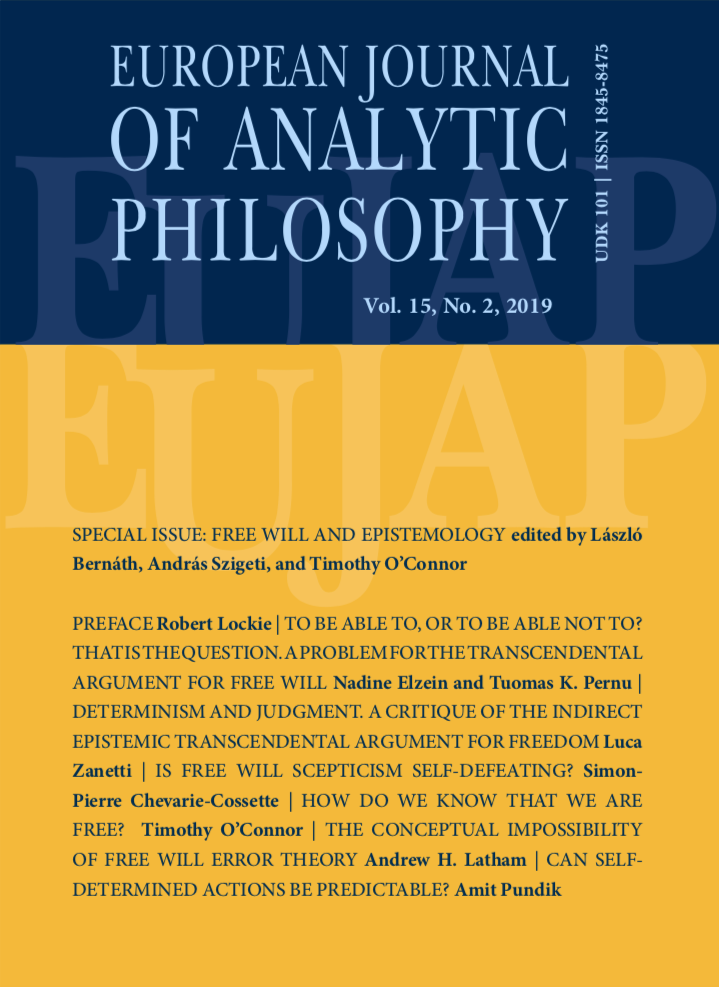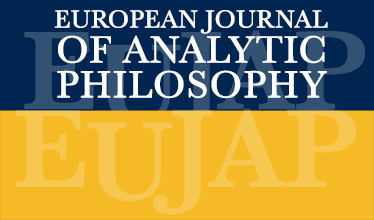BOOK REVIEW
Dražen Pehar, PEACE AS WAR: BOSNIA AND HERZEGOVINA, POST-DAYTON CEU Press, 2019 ISBN-13: 978-963-386-302-2 Download PDF
Višeslav Raos (Faculty of Political Science, University of Zagreb)
© 2020 Višeslav Raos
This is Pehar’s fourth book, and the second one published by an international academic publisher. The author, originally a philosopher, has over the course of his career as researcher and university lecturer evolved into a political scientist with keen interest in diplomacy, especially regarding the role of international actors in brokering a peace treaty in Bosnia and Herzegovina and maintaining the political order that arose from the Dayton Peace Treaty of 1995. In his new book, Pehar offers a discursive analysis of what he calls, in Foucauldian terms, “the condition” of Bosnia and Herzegovina, of “peace as war”. In this sense, Pehar follows Foucault’s inversion of von Clausewitz. From the perspective of political science and security studies, one would speak of “negative peace”, a societal state in which the bellicose factors are still present and thus lasting, “positive peace” cannot be established, i.e. achieved. Thus, the author’s main argument is that the legal and political framework of post-Dayton Bosnia and Herzegovina creates conditions for reproduction of political conflict and war-like relations between the country’s main political actors.
The book is divided in two parts, with four chapters dedicated to the first part, three to the second, and an interlude chapter inserted between the two parts. It is worth noting that the individual chapters originally appeared as essays in the TransConflict online journal, but were since revised and expanded as to be included and collated in this book.
In the first part, the author offers his interpretation of political and legal reading of the minutiae of the Dayton Peace Treaty, both by domestic and international actors. The second part is a critical examination of the role of political actors in enabling the state of “peace as war”. In this regard, the author is especially focused on the contested role of the United States in the upholding and expanding of the Dayton political order in Bosnia and Herzegovina. The hiatus chapter five serves as a bridge that connects his main argument about “continuation of war by other means”.
The first chapter is dedicated to the concept of “dediscoursification” in the context of the post-Dayton order. Pehar presents an argument about the inability of ethnopolitical elites (formerly war parties) in Bosnia and Herzegovina to maintain a common discursive ground. By failing to reach a mutual way of communication about and around the implementation of the peace treaty, each of the main political actors in the country is no longer an ens loquens, but an ens belli. The author specifically lays the guilt for the process of dediscoursification at the feet of late President Alija Izetbegović, leader of the main Bosniak party, the Party of Democratic Action (SDA).
In the second chapter, Pehar deals with the Dayton Agreement on Implementing the Federation of Bosnia and Herzegovina, i.e. the “lesser Dayton treaty”, which deals with political, institutional, legal, and, economic relations inside the Federation and Bosnia and Herzegovina, primarily regarding the power-sharing and consociational arrangements between the Bosniak and Croat ethno-political communities. The author claims that this treaty, largely forgotten both by the academia and the general public, contains provisions which maintain some sense of political agency for the Croat Republic of Herzeg-Bosnia (HRHB).
The third chapter is an endeavor in refuting the political and legal arguments concerning ethnic and linguistic provisions contained in the entity constitutions (Republic of Srpska and Federation of Bosnia and Herzegovina respectively). The chapter is devoted to a counter-argumentative undertaking regarding the decision of the Bosnian-Herzegovinian Constitutional Court in 2000, which, after a petition filed by Alija Izetbegović, ruled that the three peoples legally endowed with constitutionality – Bosniaks, Croats, and Serbs, enjoy that status on the whole territory, without further qualifications.
Further, in chapter four, Pehar opens the well-known and much-debated topic of application and implications of electoral law in Bosnia and Herzegovina, specifically the case of Željko Komšić and elections for the Croatian member of the three-headed presidency of the country. The author presents arguments about the Komšić case in light of the spirit of the Dayton constitution, as well as general principles of democratic representation and electoral linkage between voters and parties and/or candidates. At the end of this chapter, he draws a rather stark and somewhat hyperbolic parallel between Komšić and Vidkun Quisling, the Norwegian World War II collaborator.
The fifth, interpolated chapter, is a summary of the debate Pehar had with Jasmin Mujanović, a young political scientist, currently based at Elon University, North Carolina. Their debate was led through texts and responses of the two authors in the TransConflict journal. Pehar accuses Mujanović of misrepresentation of his arguments and positions on the role of Izetbegović in the early days of the 1992-1995 war in Bosnia and Herzegovina. He also reiterates his positions on the ethnic character of the post-Dayton political system and juxtaposes those with a Bosniak “unitarianism”, i.e. a political position that wishes to dismantle the ethnic (and federal) foundations of the political system. While advancing his arguments, he labels Mujanović as a proponent of such a “unitarian” position.
While the first part of the book is mostly concerned with various types of legal arguments revolving around the nature and spirit of the Bosnian-Herzegovinian constitution, as well as the entity constitution of the Federation of Bosnia and Herzegovina, the second party deals with discourse linked with concrete political action.
Thus, in chapter six, Pehar offers his views on the role of the High Representative, a key feature of the international protectorate that has defined the political system and the policy process in Bosnia and Herzegovina ever since the war. Although Pehar does touch upon concrete persons that have over the years held the post, such as Carlos Westendorp or Paddy Ashdown, this chapter is much more a general assessment of the role of the Office of the High Representative, especially concerning the self-expansion of political capacity by the High Representative himself, as laid down in the so-called “Bonn powers”.
The last two chapters deal with the role of the United States in the post-Dayton political order. In chapter seven, Pehar presents his views of specific narratives about the three ethnic groups in Bosnia and Herzegovina and their relation to US foreign policy towards that country. In chapter eight, he deals specifically with a notion of something that he deems misrepresentation of the Bosnian-Herzegovinian case and the political situation within the Dayton institutional framework in the debates in the US Congress. Once again, he forwards the argument that these misrepresentations and misunderstandings tend to favor the Bosniak discourse, while they tend to be detrimental for the Bosnian-Herzegovinian Croats.
Ever since the signing of the Dayton Peace Agreement, liters of ink have been spilled by numerous authors, both academic and non-academic, about the relative merits and shortcomings of this curious institutional framework. Pehar’s new book is a summation and culmination of his previous work and thus, in a way, reiterates his previous observations on the dysfunctionalities of political life in Bosnia and Herzegovina. This book adds a new dimension by highlighting the discursive-legal dimension of the state of “negative peace” or, as the title of the book puts it – “peace as war”. This book might from the onset receive negative reactions in Bosniak intellectual circles and among those researchers in Croatia and elsewhere which see Bosnian-Herzegovinian Croats as non-constructive actors in the post-Dayton order. Nevertheless, this book should be read and judged on its own merits. Pehar does not shy away from his obvious preconceptions and political positions, and tries to present them and support them with legal, political, historical, logical, and philosophical arguments in a clear and coherent way. For experts on Bosnia and Herzegovina, much of what is presented in the book might not be that novel, yet the way Pehar presents it rather readable and useful, while the broader, less-informed audience will surely find it very informative.


